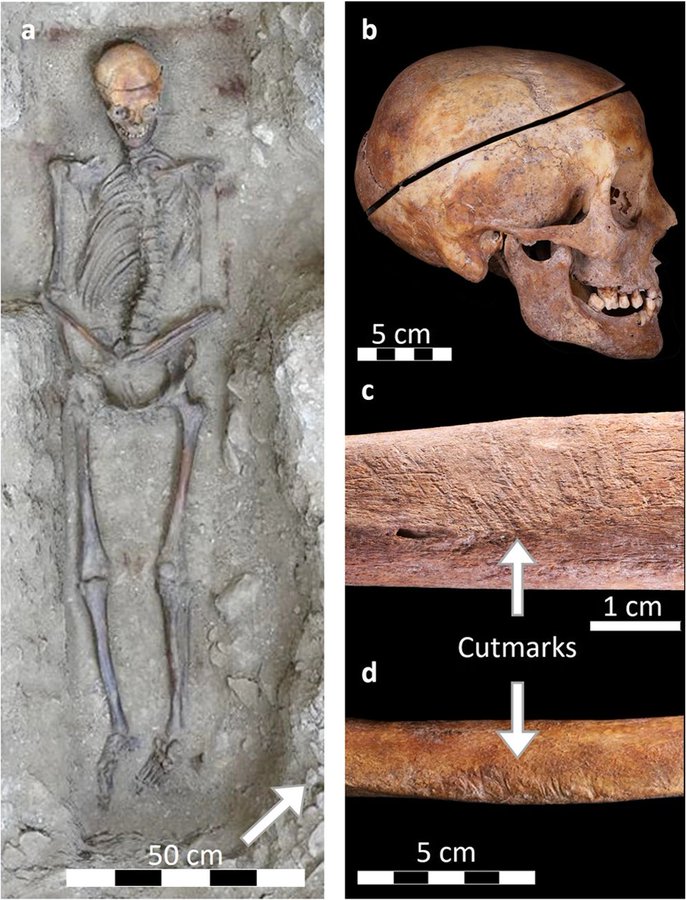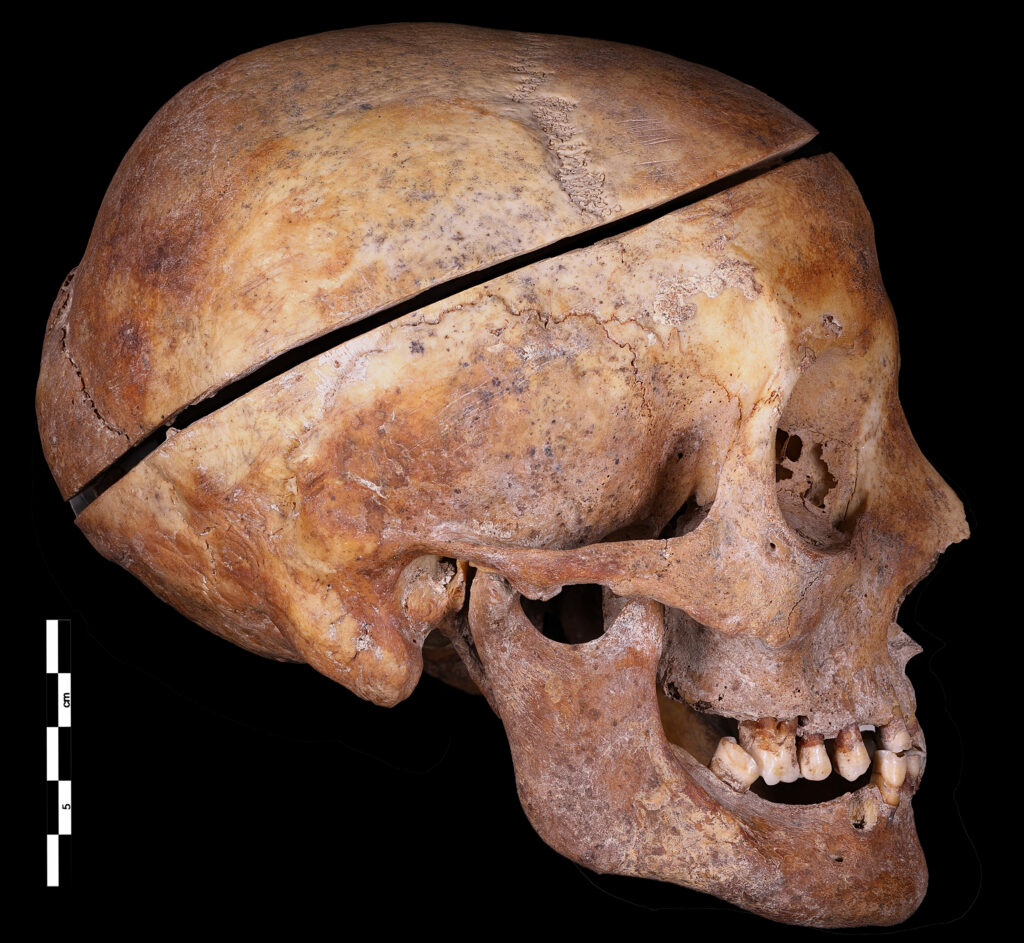A significant discovery at Château des Milandes, located in Castelnaud-la-Chapelle, Dordogne, France, has altered our understanding of embalming practices in European history. Archaeologists have uncovered the first evidence of familial embalming in the 16th and 17th centuries, a tradition previously associated only with ancient civilizations like Egypt or South America. This discovery not only sheds light on the funeral customs of European aristocracy but also provides new insights into how noble families expressed their social status.
Château des Milandes and the Caumont Family
Château des Milandes is a famous castle in the Dordogne region where a startling find has been made: the embalmed remains of seven adults, five children, and one elderly woman, all members of the Caumont family. The Caumont family, a noble family with significant influence at the time, practiced embalming not just as a means of preserving bodies but as a way to demonstrate their elevated social status.
According to experts from the Austrian Academy of Sciences (ÖAW), studies of the embalmed remains confirm that these individuals were purposefully preserved. However, unlike the ancient Egyptian practice of mummification, which had spiritual significance for the afterlife, the embalming within the Caumont family was primarily for ceremonial purposes. The bodies were likely preserved to be publicly displayed during elaborate funeral ceremonies, reinforcing the family’s wealth and prestige.

Embalming as a Social Symbol
A key question arises: Why did the Caumont family practice embalming when most noble families in Europe at the time followed standard religious burial practices? The answer lies in a deeper analysis of the role of religion and society during this period. In 16th and 17th century Europe, noble families sought ways to assert their power and social standing. Embalming and public display of the bodies were ways to unmistakably signal that the Caumont family wished their presence to endure, not only in the memories of the living but also through ceremonial displays.
This was not only a symbol of wealth but also a powerful message about the immortality of their name and influence. Such funeral rituals, with bodies publicly displayed, would ensure that the family’s legacy remained visible, even in death. It was a clear expression of their eternal power—something only the wealthiest and most powerful families could afford to do.
Embalming and Europe’s Cultural Legacy
The discovery of the Caumont family’s embalming practices broadens our understanding of funeral customs within European nobility, an area that was previously underexplored. In fact, embalming within the Caumont family might not have been widespread across Europe at the time, but it reveals how some aristocratic families might have shared certain traditions with ancient civilizations. Like Egypt, where embalming was linked not just to spiritual beliefs but also to the protection of the soul and the continuation of life, the Caumont family may have sought to preserve their social immortality through the public display of their deceased members.
However, in the case of the Caumont family, embalming was less about spiritual protection and more about maintaining their public image and legacy. It highlights the importance of ritual in demonstrating power, wealth, and social respectability. The discovery reveals a fascinating cultural crossover between Europe and other ancient civilizations, where social and religious practices often intertwined in the funerary rites.

The Significance of the Discovery
The discovery of embalming practices within the Caumont family represents a crucial step in understanding the funeral rituals of early modern Europe. It not only uncovers the links between ancient cultural traditions but also emphasizes the importance of maintaining and preserving family legacies, especially for powerful and wealthy families.
In today’s society, where family rituals and traditions still play an important role, this discovery prompts reflection on how we view death and the legacies of past generations. The find at Château des Milandes is not just an archaeological milestone, but also a reminder of the value of history in understanding and appreciating the foundations that have shaped modern society.
